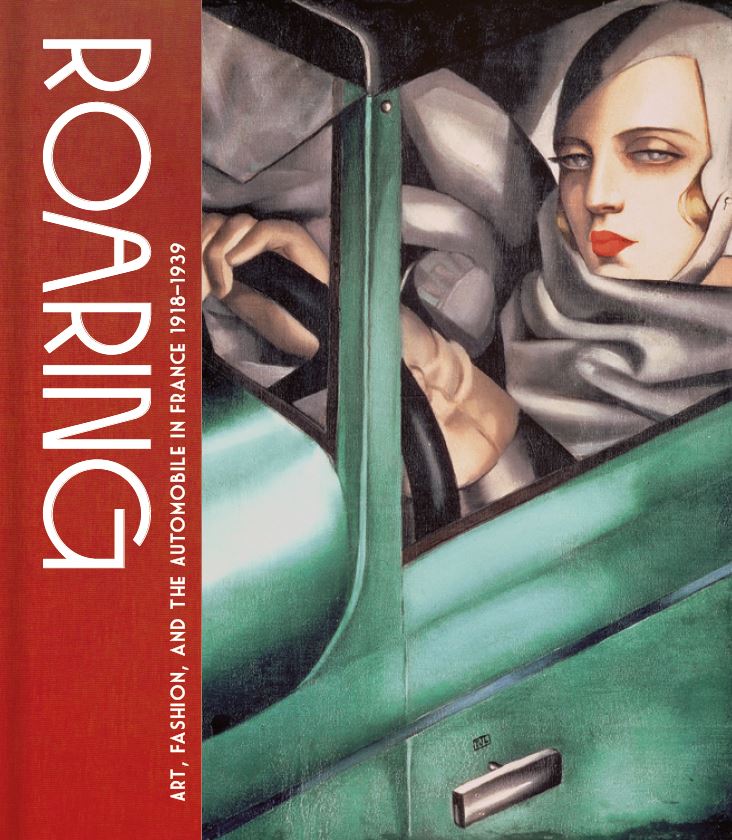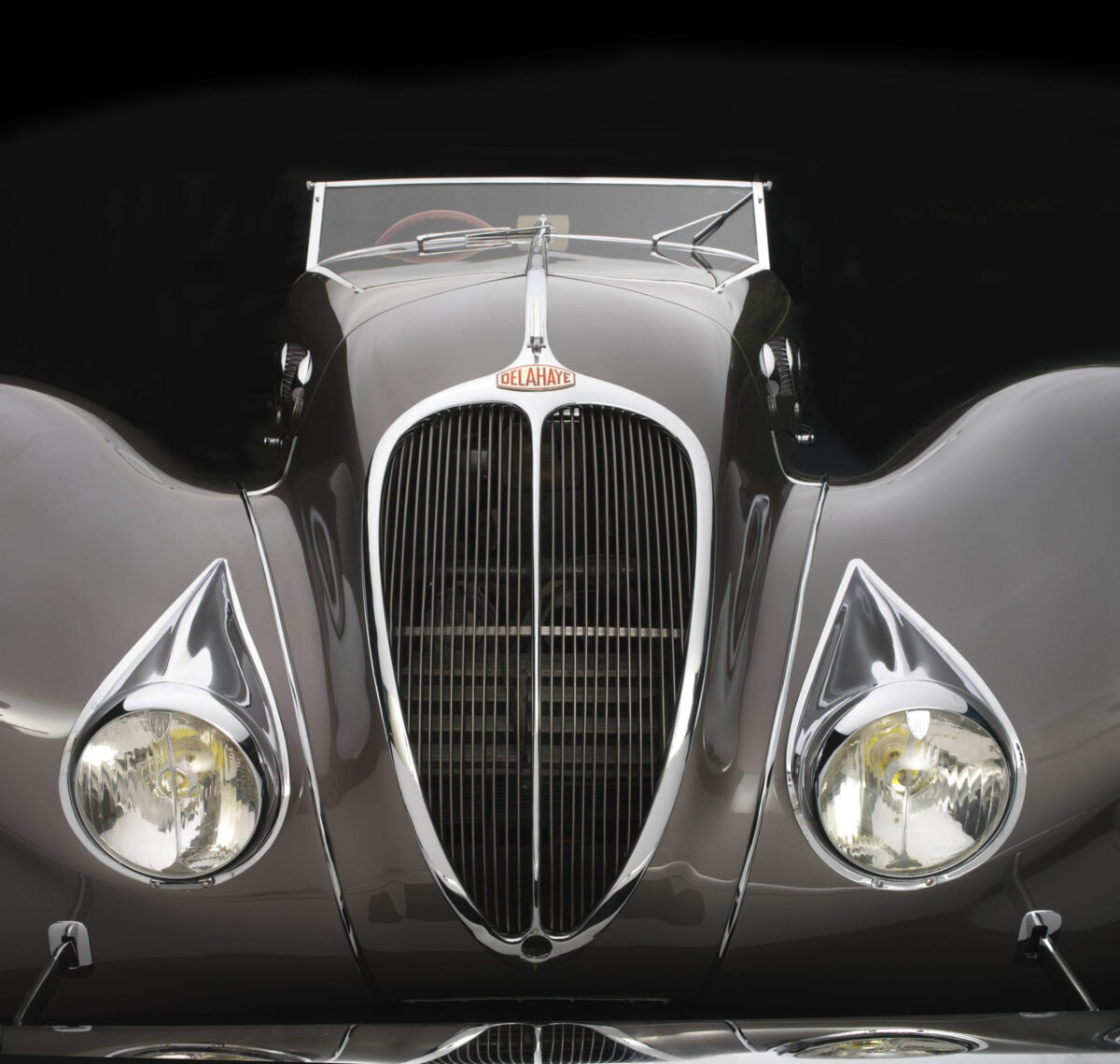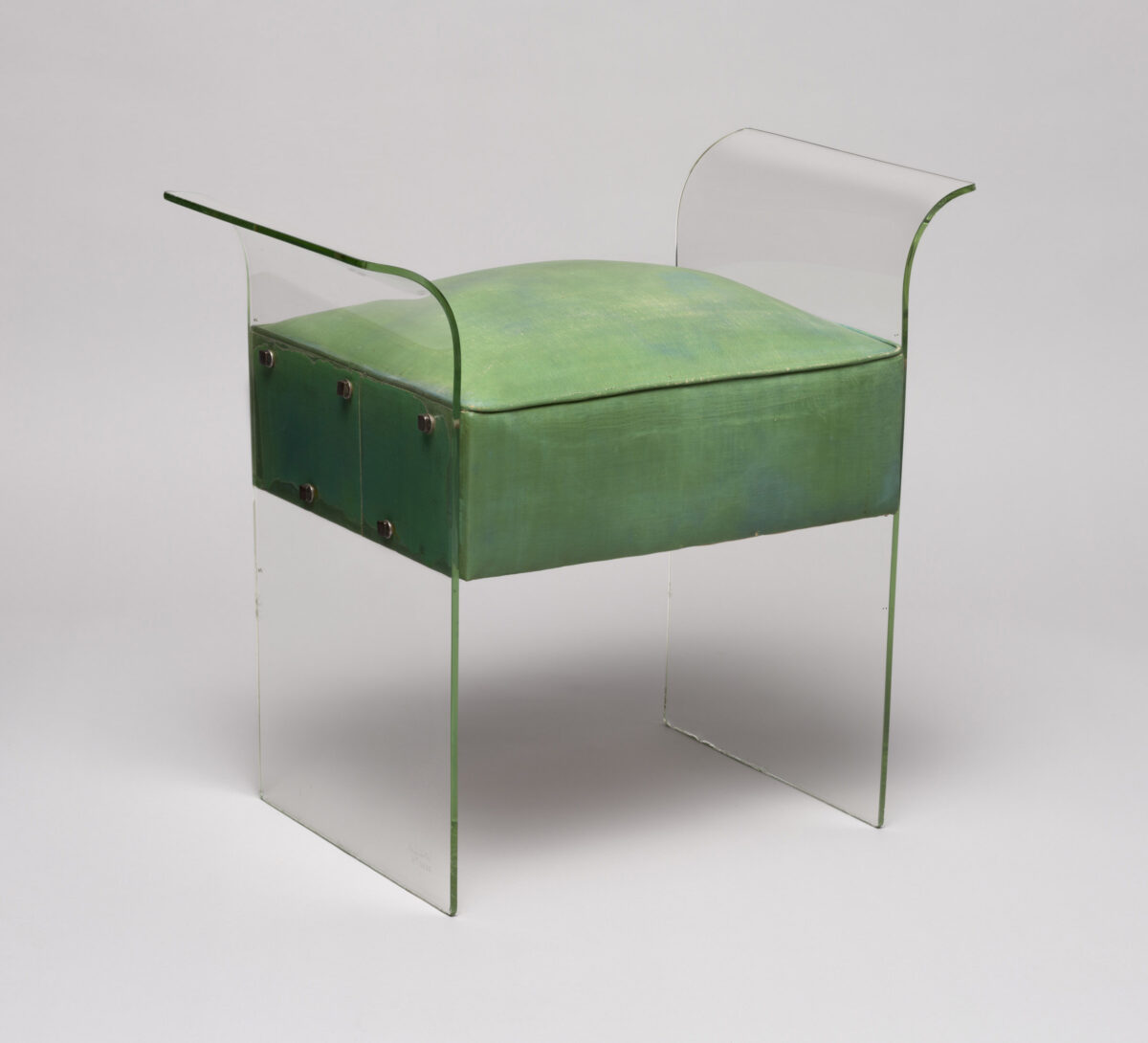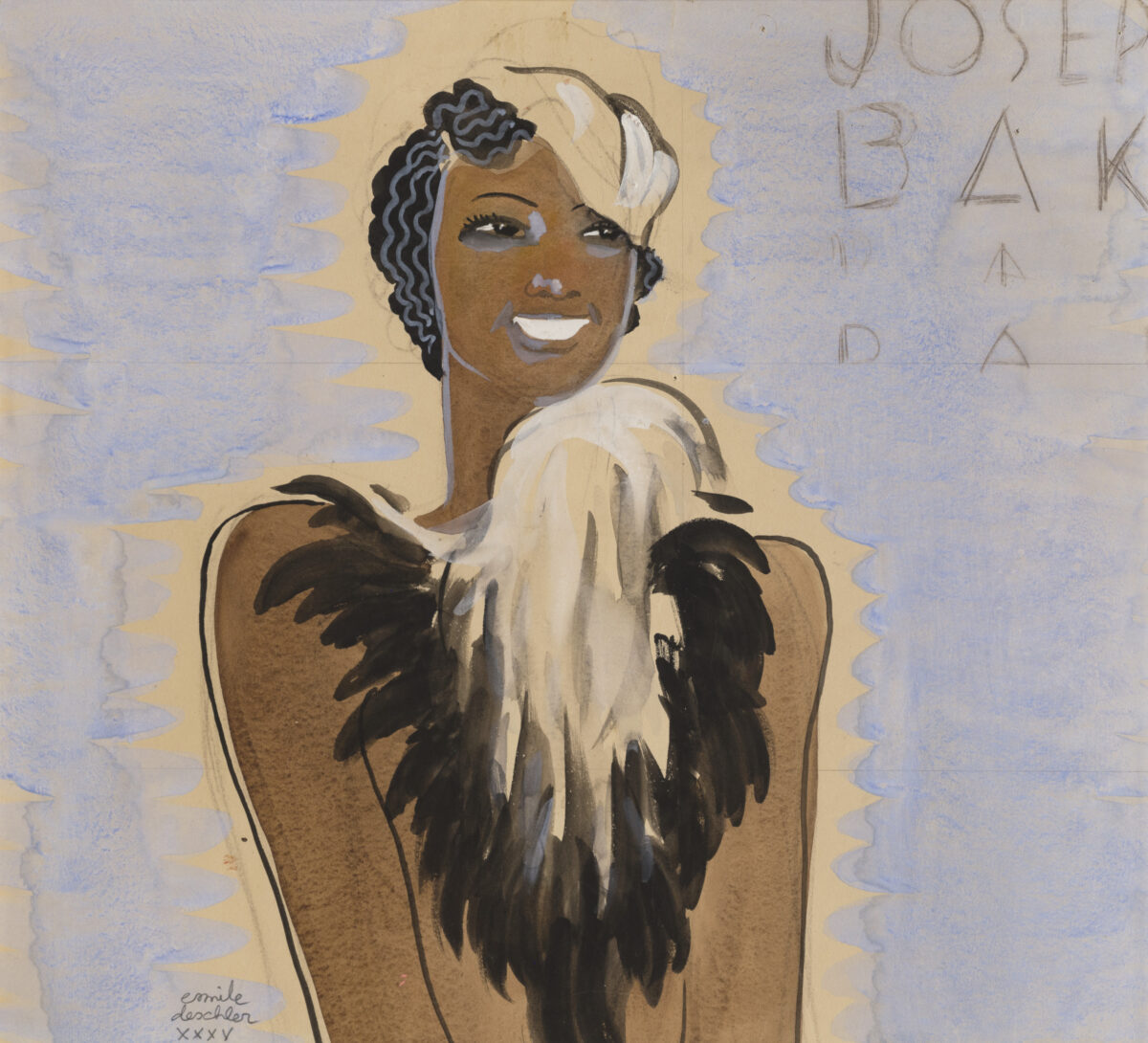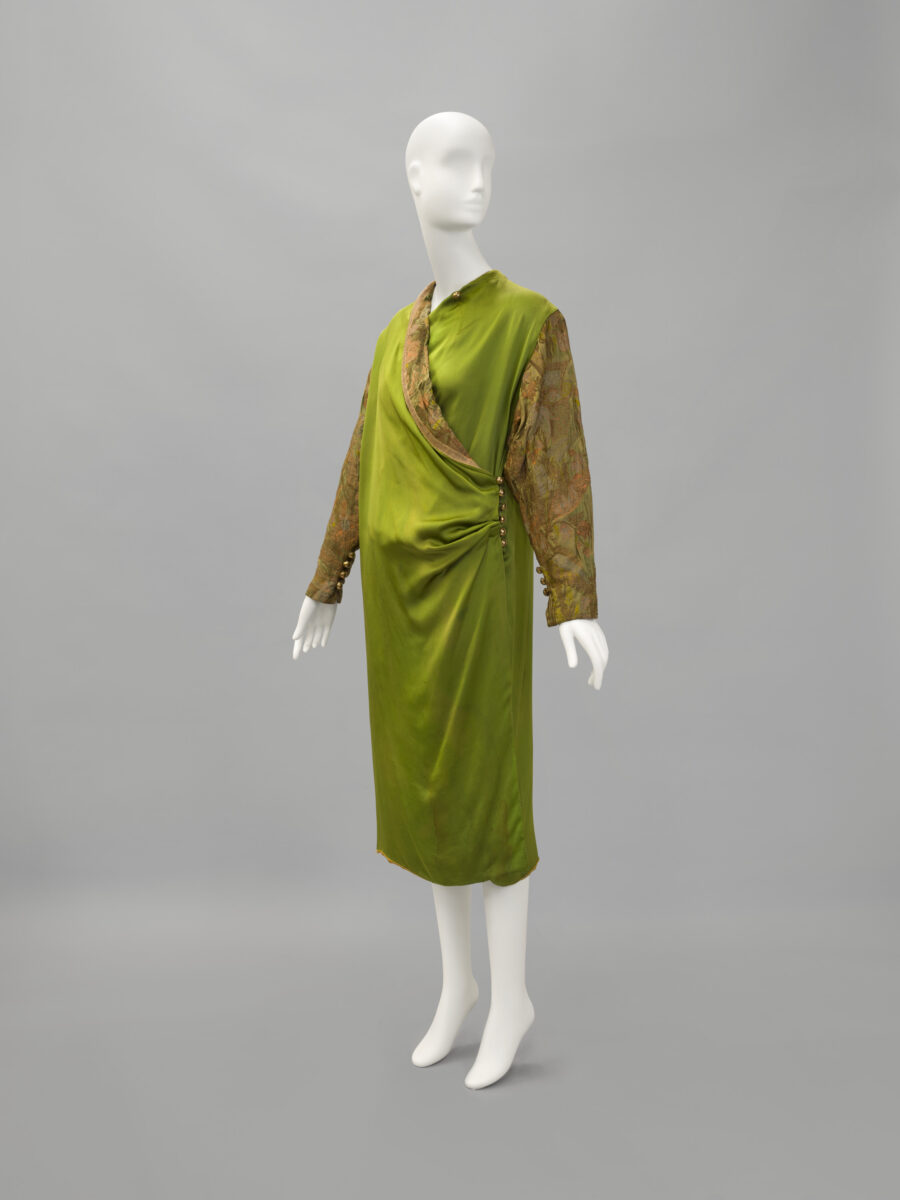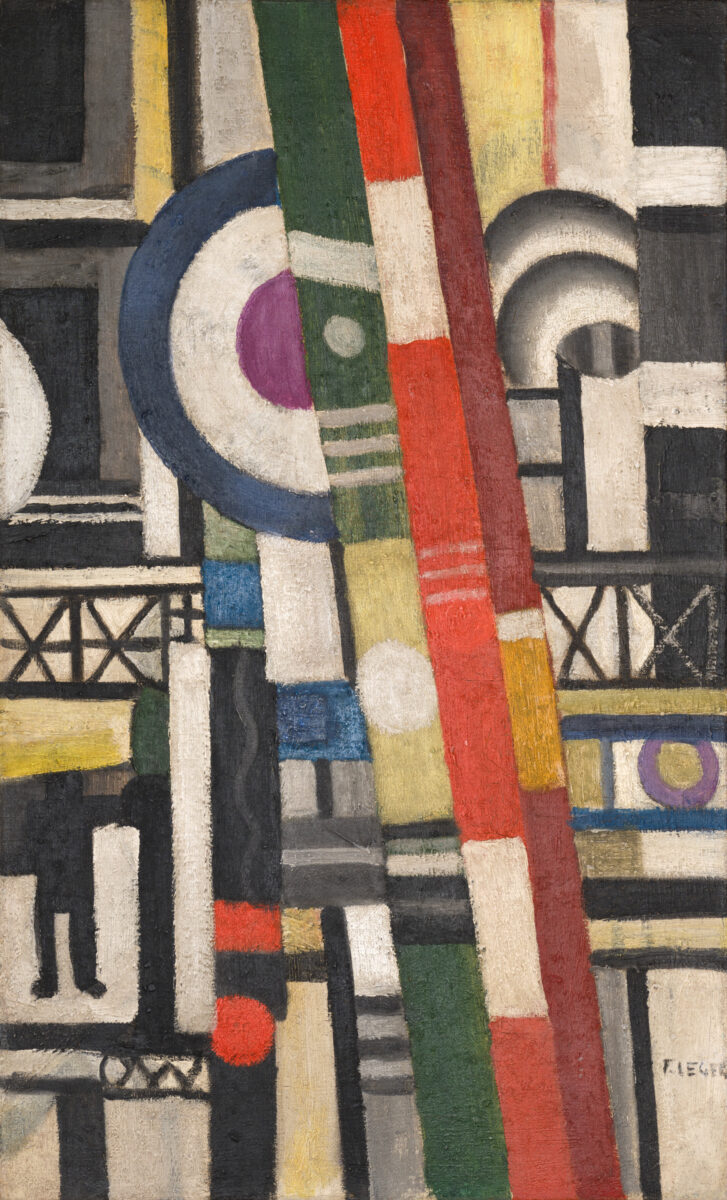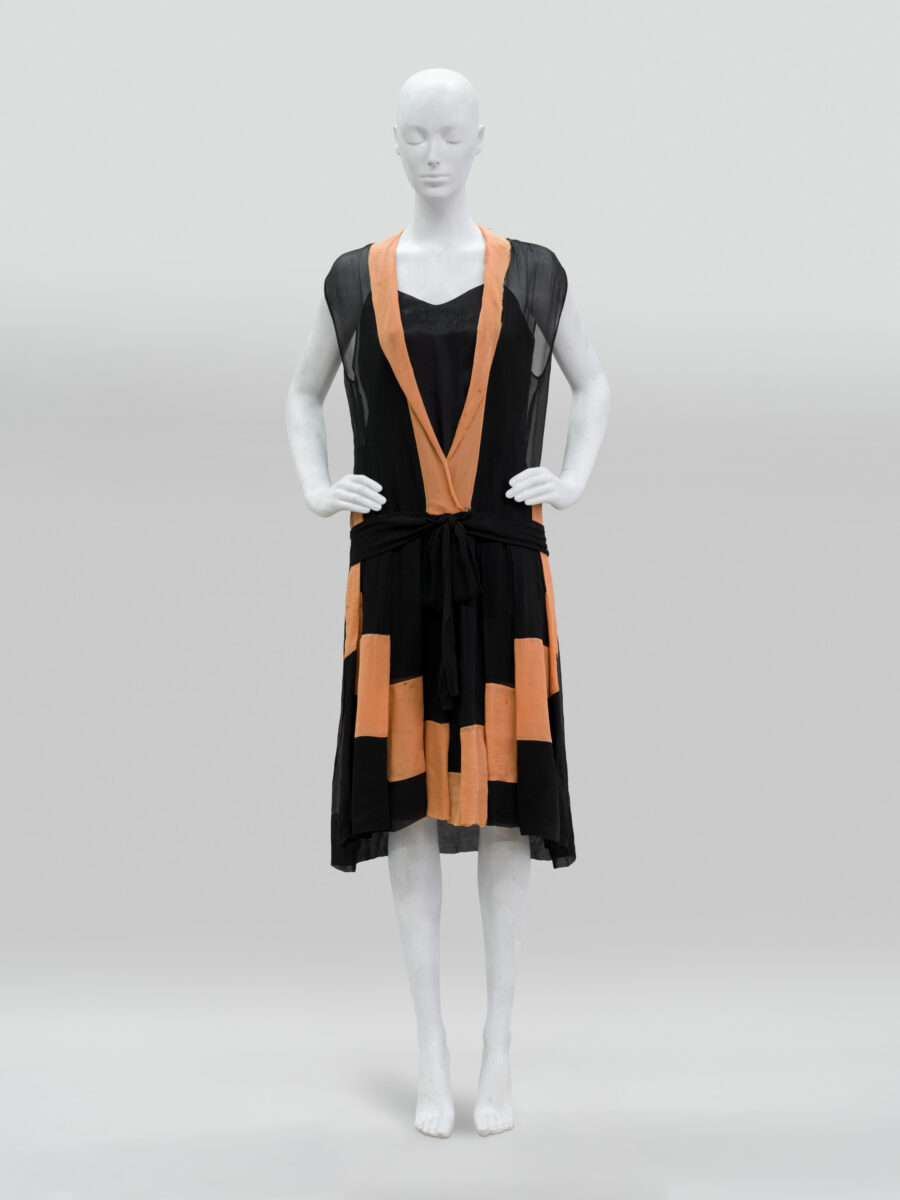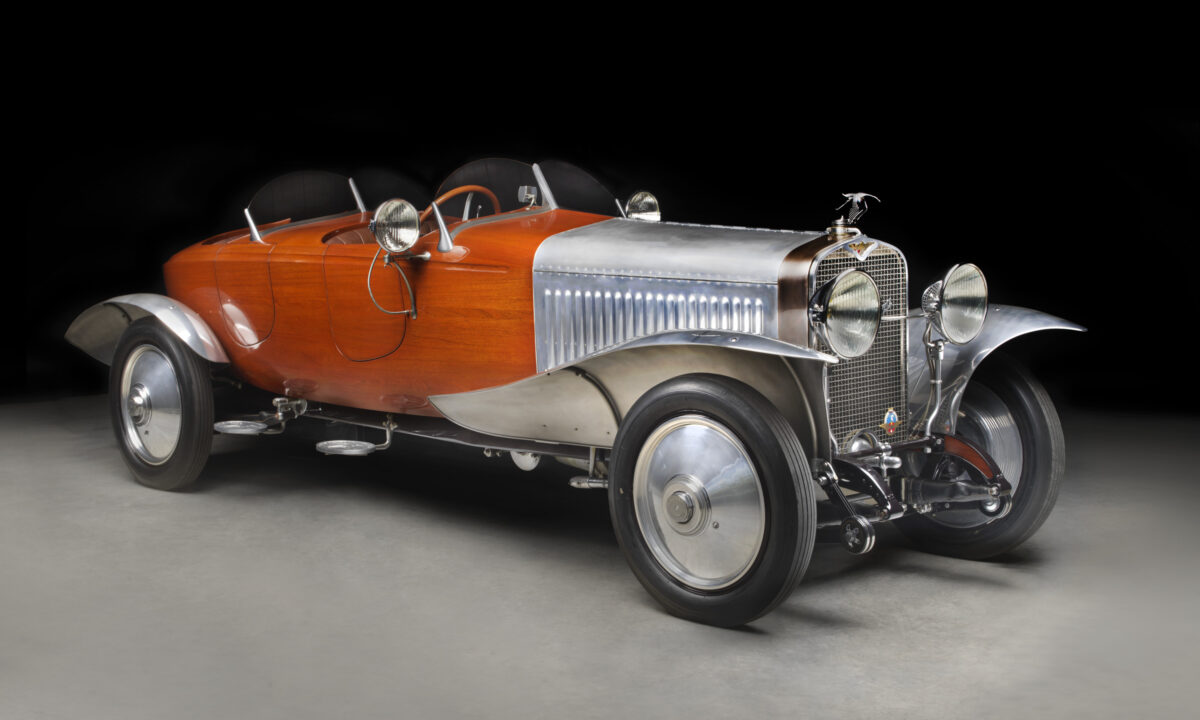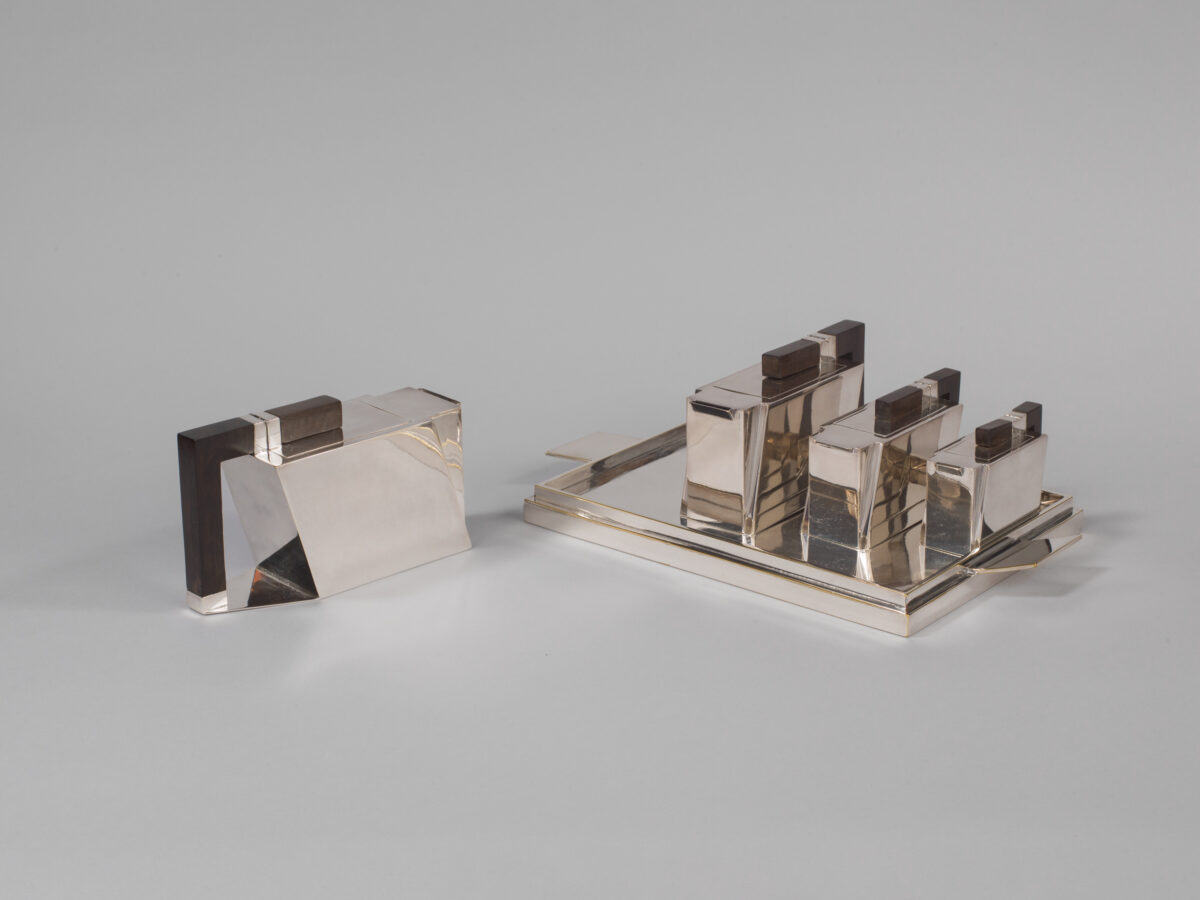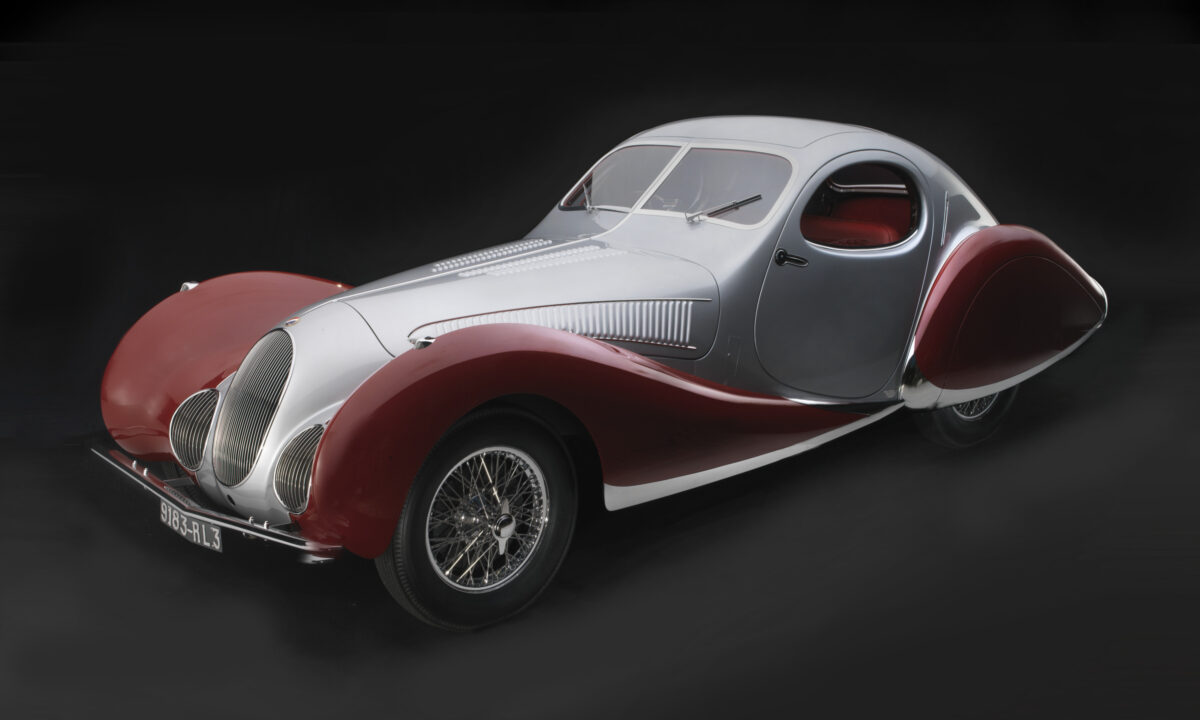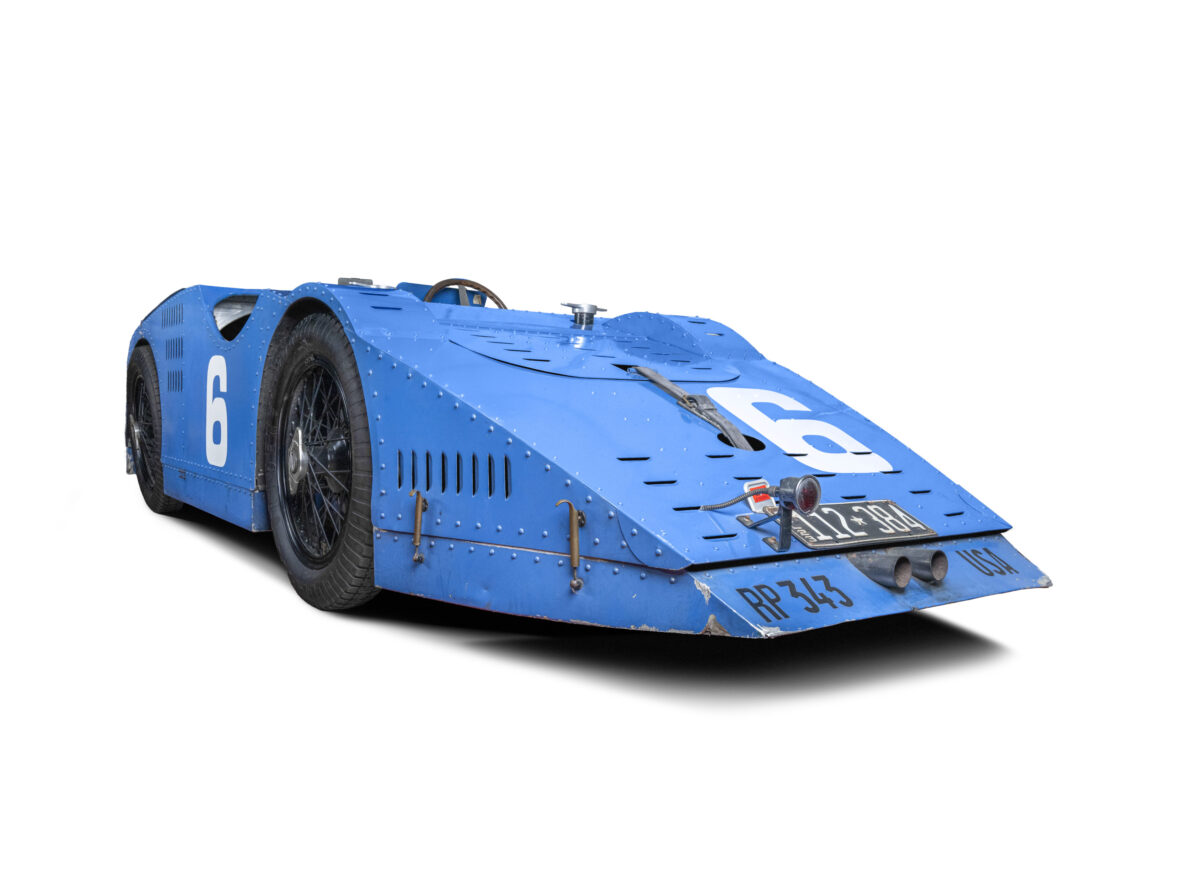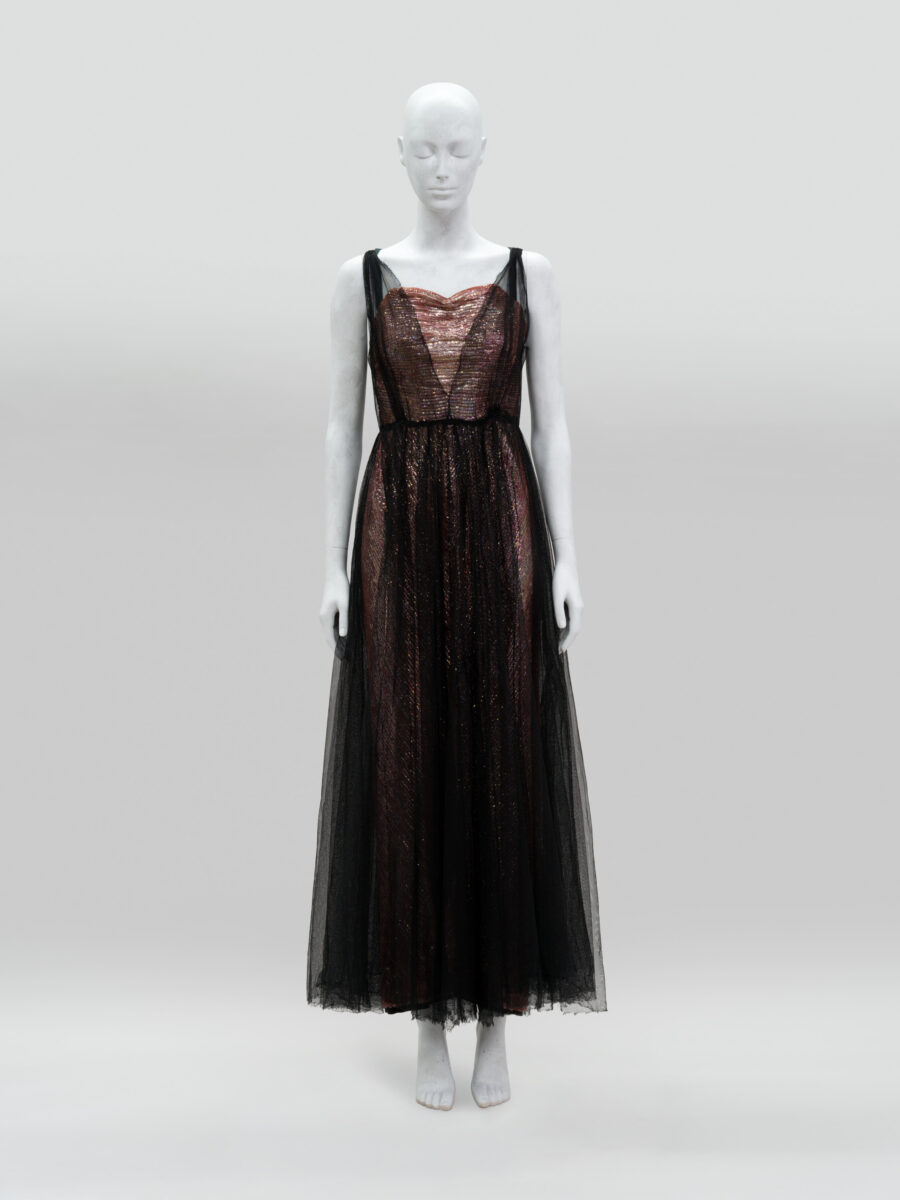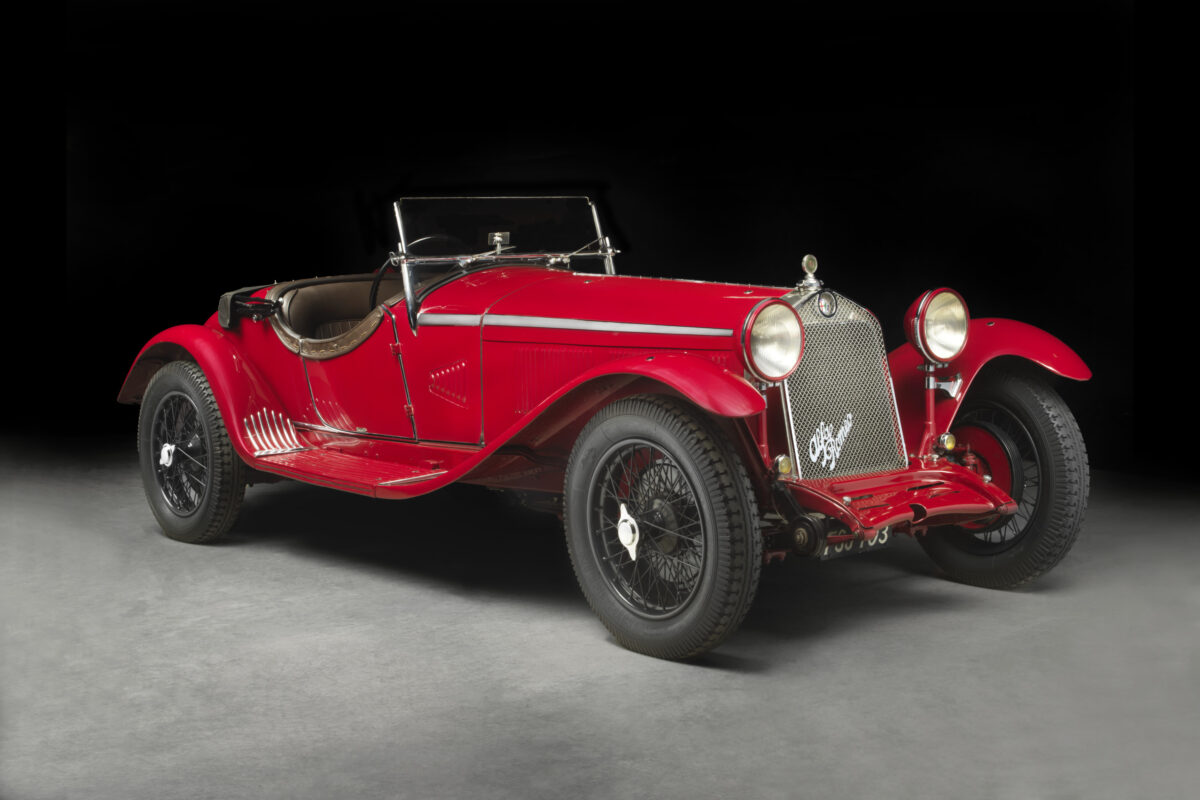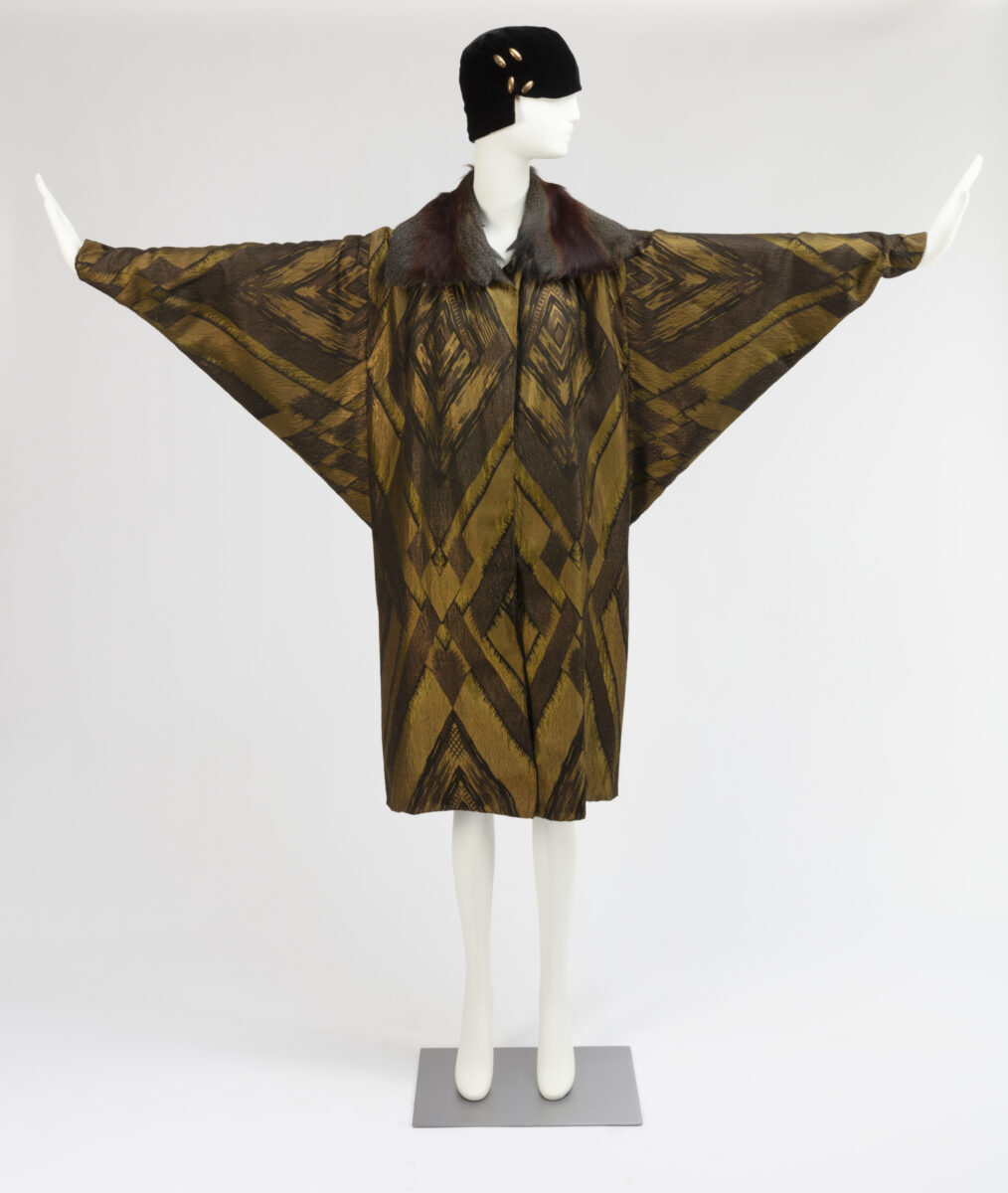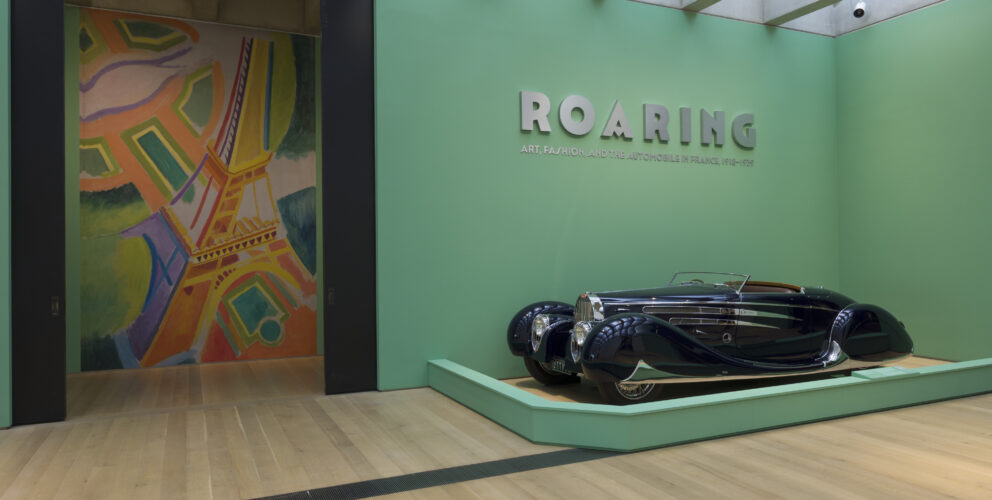Exhibition features vintage French cars, fashion and art
ST. LOUIS, April 7, 2025—The Saint Louis Art Museum’s much-anticipated exhibition exploring the intersection of luxury cars, haute couture and art in pre-war France opens this week.
“Roaring: Art, Fashion, and the Automobile in France, 1918–1939” highlights innovations across art and industry by those who embraced the automobile as a provocative expression of the modern age. This expansive exhibition features paintings, photographs, sculpture, furniture, films, fashion, textiles, and 12 historic automobiles.
The exhibition opens Saturday (April 12) and runs through July 27. A limited number of free tickets will be available at a public preview event on Friday (April 11) from 4 pm to 8 pm on a first-come, first-served basis.

designed by Giuseppe Figoni, French (born Italy), 1894–1978; made by Delahaye, Paris, active 1894–1954; leather interior by Hermès, French, founded 1837; Type 135MS Special Roadster, 1937; engine: six-cylinder in-line pushrod engine, two valves per cylinder, 3557 cc, 160 hp at 4200 rpm.; wheelbase: 116 inches; Revs Institute, Inc., Naples, Florida; © 2024 Revs Institute, Photo: Peter Harholdt
Anchoring the exhibition are 12 period cars—in exceptional condition and with many rarely seen by the public either individually or together. Surrounding these automobiles will be more than 100 works of art and design, revealing the impact of fashion, furniture, architecture, aviation and the avant-garde on French automobile design and production—and, in turn, the impact of the French automobile on design, art and many other aspects of society.
“For France, the period between the world wars was one of remarkable creativity and innovation, as well as of artistic and social turbulence,” said Genevieve Cortinovis, the Andrew W. Mellon Foundation Associate Curator of Decorative Arts and Design and the exhibition’s curator. “‘Roaring’ is an opportunity to explore this history while going beyond the typical scope of artistic production and, instead, using the automobile, which brought together craft, design and engineering to trace different influences on modern art, fashion and architecture. Just as importantly, this was a pivotal moment for the evolving role of women, as they continued to move into more-visible positions in society, from work to leisure. Some of that personal freedom was both inspired and made possible by the proliferation of the automobile.”
Punctuated by the impact of World War I, and a decade later by a global depression, Paris between 1918 and 1939 attracted visionaries from across the globe with its many creative and economic opportunities. “Roaring” will lead audiences through this history, exploring a wide array of artists, designers and performers—such as Josephine Baker, Henri Cartier-Bresson, Sonia and Robert Delaunay, Jeanne Lanvin, Jacques-Henri Lartigue, Le Corbusier, Germaine Krull, Henri Matisse, Man Ray and Charlotte Perriand—who embraced the automobile as a provocative expression of the modern age.
SLAM has planned a robust schedule of free programs complementing the exhibition, including 1920s-style jazz concerts, a variety of family programs, a Jazz Age garden party, and a screening of the 1935 French film “Princess Tam Tam” starring Josephine Baker, a St. Louis native and Paris style icon. For more information about “Roaring” programs, visit slam.org.
The exhibition is accompanied by a free, 17-stop audio guide. Visitors can listen to the audio commentaries before they see the show or, if they bring headphones, on their own device in the exhibition galleries. Audio tours about SLAM’s exhibitions and collections can be found at slam.org/audio.
“Roaring” is accompanied by a 208-page exhibition catalogue published by the Saint Louis Art Museum. Edited by Cortinovis, the book includes essays by her and Sarah Berg, Pierre-Jean Desemerie, Ken Gross, Justice Henderson and Daniel Marcus.
Previously the domain of engineers who focused on function more than form, automobiles began to meet the minds and hands of France’s designers, artists and craftspeople. Their influence brought new attention to the array of potential details—from the curves and silhouettes of the car’s body to the material comfort of the driver and passenger—to the avant-garde showrooms and glittering billboards designed to market and sell the thousands of cars driving off assembly lines.

Among the cars included in “Roaring” that exemplify these trends are:
- A 1928 Citroën B14 Coupe featuring an exterior pattern in the spirit of Sonia Delauney, who presented a painted Torpedo at the Paris 1925 International Exposition of Decorative and Industrial Arts. Exemplifying the early fusion of functionality and style in French automotive design, this model shows how manufacturers like André Citroën began to prioritize aesthetics alongside engineering.
- A Bugatti Type 41 Royale Convertible from 1931, which epitomizes the pinnacle of luxury and extravagance in interwar French automotive design. This rare and opulent vehicle, with its imposing presence at 19 feet long and its exquisite craftsmanship, embodies both a fascination with grandeur and speed and reflects the extreme wealth disparity that existed in the thick of the Great Depression.
- A Delage D8-120 and Delahaye Type 135MS Special Roadster, both from 1937. On the cusp of World War II and with militarism increasing across Europe, these sophisticated models—featuring sleek lines and powerful engines—illustrate how French car manufacturers and coachbuilders had mastered the art of combining cutting-edge engineering with the flowing, aerodynamic aesthetics that defined the late Art Deco period.
- A Talbot-Lago T150C-SS Teardrop Coupe from 1938, which stands as a pinnacle of French automotive artistry, embodying the convergence of aerodynamic science and sculptural design, with its distinctive teardrop shape expressing futuristic visions of speed and elegance.

As the automobile began to change, artists, architects and designers of items from furniture to fashion discovered novel perspectives, subject matter and even new canvases in cars. As driving became more comfortable, motoring fashions evolved into stylish wardrobe staples, and magazines portrayed liberated women dressed in knit sportswear driving convertibles, further underscoring the sense of—and opportunities for—liberation. These dynamic design concepts also carried over into the marketing and sales of cars themselves, with new showrooms designed to provide not merely a sales experience but an aesthetic one, too.
These ideas are reflected in the range of works in the exhibition, including:
- Jeanne Laffitte’s Sport Ensemble (c.1926) in wool and silk, and an unknown maker’s softly tailored jacket and matching drawstring pants known as beach pajamas, were designed for the active, modern woman—with designs that embrace the freedom embodied by the automobile and are informed by Art Deco-inspired patterns and tailoring.
- Émile Deschler’s 1935 gouache, ink and crayon portrait of Josephine Baker and a 1935 photograph of Baker with her Delage D6-75 together illustrate the intersection of celebrity, entertainment and automotive culture in interwar France, as well as the increasing freedom of women. Moreover, iconic figures like Baker embraced luxury automobiles as extensions of their public personas, a trend that would spread.

- Designer René-André Coulon’s Dressing Stool (c.1930) shows how the modernist approach to furniture design paralleled innovations in automotive design, bringing together materials—in this case an iron frame with glass sides and an upholstered seat—in unconventional forms that echoed the sleek, multifunctional aesthetics emerging in automobile design.
- Fernand Léger’s 1919 abstract painting “Disque Dans La Rue,” capturing the prevalence of mechanization occurring at the time throughout Paris, and Jean Arp’s “Shell Crystal” from 1938, carved in black granite and reflecting the abstract sculptural forms that evolved alongside streamlined automotive designs of the late 1930s, embody works that drove change in the automotive world and were in turn inspired by it.
“Roaring” is organized by the Saint Louis Art Museum. The exhibition is curated by Genevieve Cortinovis, the Andrew W. Mellon Foundation Associate Curator of Decorative Arts and Design, with research assistant Sarah Berg and automobile curation by Ken Gross.
CONTACT: Molly Morris, 314.655.5250, molly.morris@slam.org
The exhibition is presented with generous support from the Enterprise Mobility Foundation™ and Barbara and Andy Taylor. Additional support provided by the Betsy & Thomas Patterson Foundation, the E. Desmond Lee Family Endowment for Exhibitions, the Edward L. Bakewell Jr. Endowment for Special Exhibitions, and donors to the Roaring Society.
Presented by

Major Sponsors

E. Desmond Lee Family Endowment for Exhibitions
Edward L. Bakewell Jr. Endowment for Special Exhibitions
Roaring Society
Bryan Cave Leighton Paisner
The Daniel & Henry Co.
Husch Blackwell LLP
Lewis Rice Design and Luxury
Plancorp Wealth Management
Press images
Click on any the images in this gallery to download. Additional images available upon request.
-
designed by Giuseppe Figoni, French (born Italy), 1894–1978; made by Delahaye, Paris, active 1894–1954; leather interior by Hermès, French, founded 1837; Type 135MS Special Roadster, 1937; engine: six-cylinder in-line pushrod engine, two valves per cylinder, 3557 cc, 160 hp at 4200 rpm.; wheelbase: 116 inches; Revs Institute, Inc., Naples, Florida; © 2024 Revs Institute, Photo: Peter Harholdt
-
-
-
-
-
-
-
View 7 more
-
designed by René Nauny, French, active early 20th century; designed by M. Desnet, French, died 1933; made by La Maison Desny, Paris, France, active 1927–1933; “Tea and Coffee Service,” c.1927; silver-plated brass and ebony; overall: 5 1/4 x 15 x 8 3/4 inches; Saint Louis Art Museum, Museum Purchase 58:1997a-e
-
-
-
-
-
